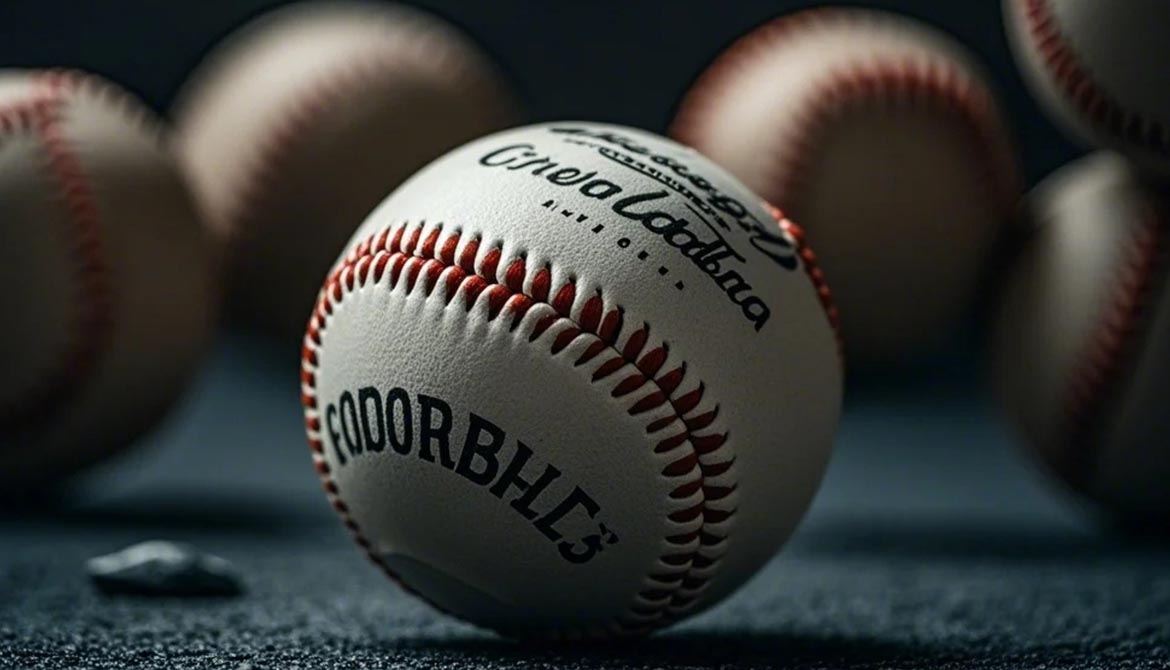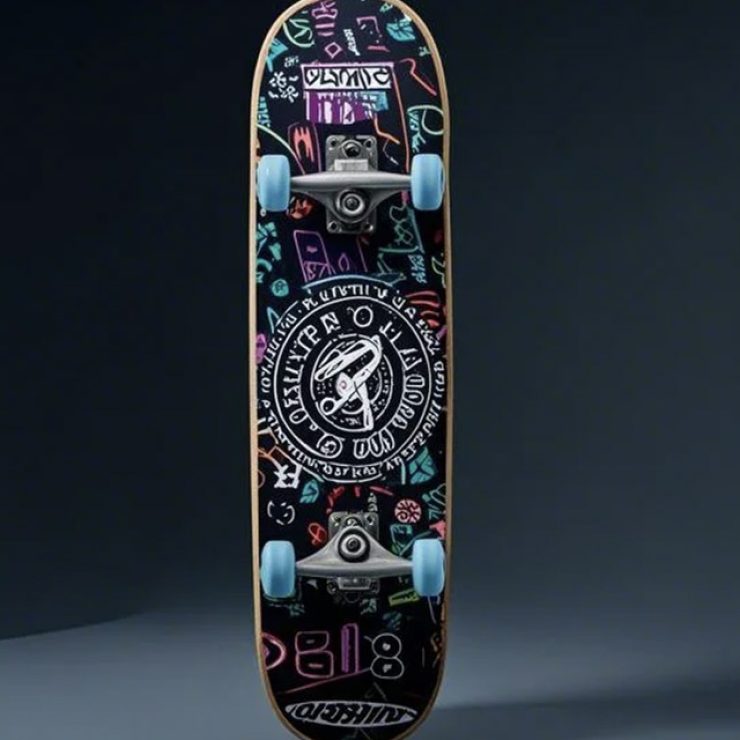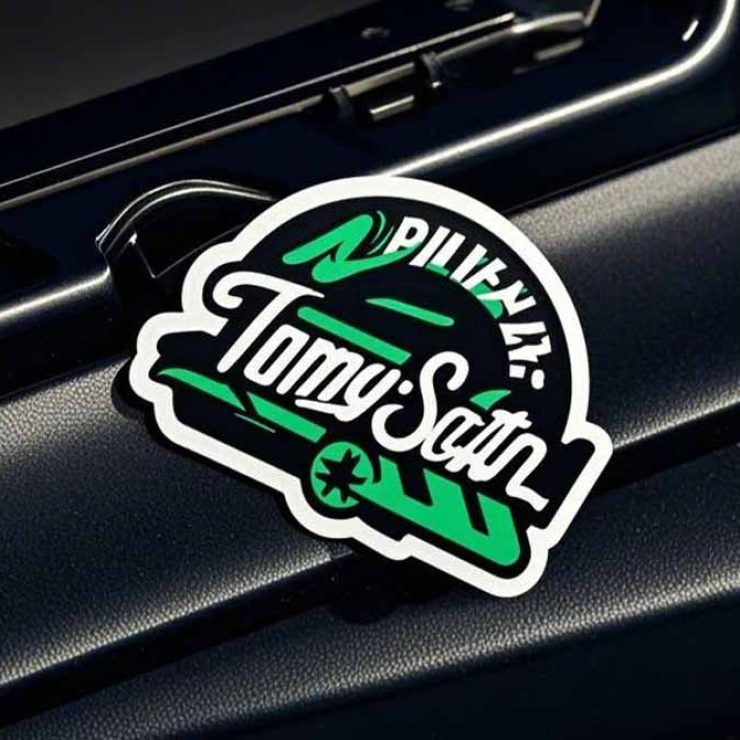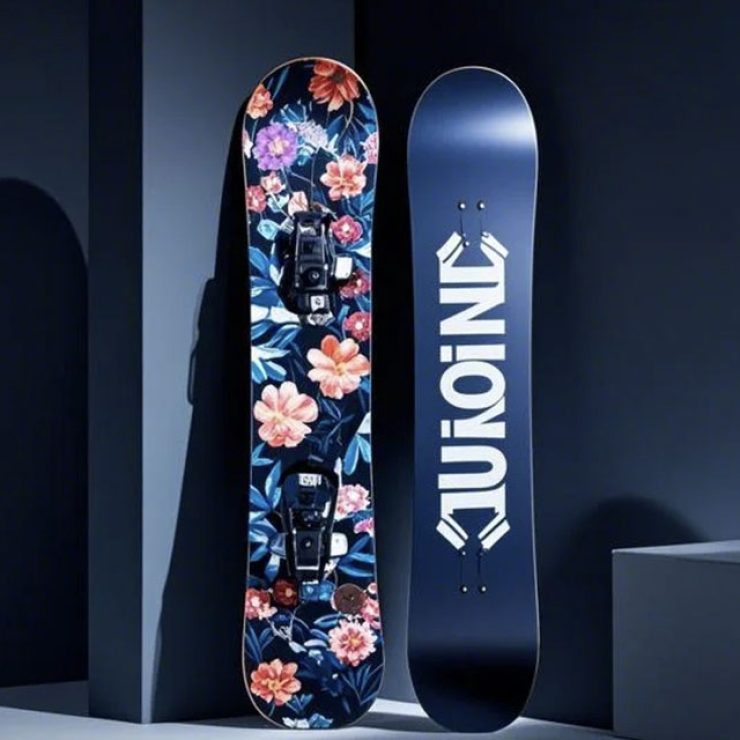
Baseball

Type
Training Balls, Indoor/Soft Baseballs, Recreational

Material
Premium Cowhide Or Horsehide Leather

Printing
Screen Printing, Digital Direct Printing, Etc.

Regulatory
5–5.25 Oz, 9–9.25 Inches, 108 Double Stitches
1. Design & Material Selection
Core Components:
Center: A cushioned cork or rubber core (often wrapped in rubberized adhesive for resilience).
Yarn: Wool (for elasticity) and polyester/cotton blends (for durability) layered around the core.
Cover: Premium cowhide or horsehide leather (MLB uses cowhide) cut into two figure-8-shaped panels.
Regulatory Compliance: MLB standards specify weight (5–5.25 oz), circumference (9–9.25 inches), and stitch count (108 double stitches).
2. Core Creation
Cork/Rubber Core:
Cork is compressed into a sphere, coated with rubber adhesive, and cured.
For rubber cores, synthetic rubber is molded under heat and pressure.
Rubberized Coating: The core is dipped in a rubberized solution to enhance bounce and durability.
3. Yarn Winding
Inner Windings:
First Layer: Wool yarn is tightly wound around the core by automated winding machines to build elasticity.
Second Layer: Polyester or cotton-blend yarn adds structure and durability.
Tension Control: Precise tension ensures uniformity and consistent performance.
4. Cover Assembly
Leather Cutting:
Cowhide is split, tanned, and dyed before being die-cut into two figure-8 panels.
Cover Stitching:
Hand-Stitching (Premium/MLB): Skilled workers sew the panels with red cotton thread using a saddle stitch (108 stitches per ball).
Machine Stitching (Recreational): Automated machines replicate the process for cost efficiency.
Seam Rolling: Stitched seams are rolled to flatten and ensure aerodynamic consistency.
5. Finishing
Surface Treatment: Balls are polished to smooth the leather and remove excess thread.
Branding: Logos, league certifications, and manufacturer details are stamped onto the cover.
Compression Testing: Balls are tested for rebound height (e.g., 54–58 inches when dropped from 10 feet).
6. Quality Control
Weight & Size: Each ball is weighed and measured to meet league specifications.
Compression Test: Ensures consistent hardness and bounce.
Seam Inspection: Stitches are checked for tightness and alignment.
Durability: Balls are fired against bats or walls to test cover integrity.
7. Packaging
Retail: Wrapped in plastic, boxed in dozens, and labeled with league certifications.
MLB-Grade: Packaged in climate-controlled boxes to preserve leather quality.





